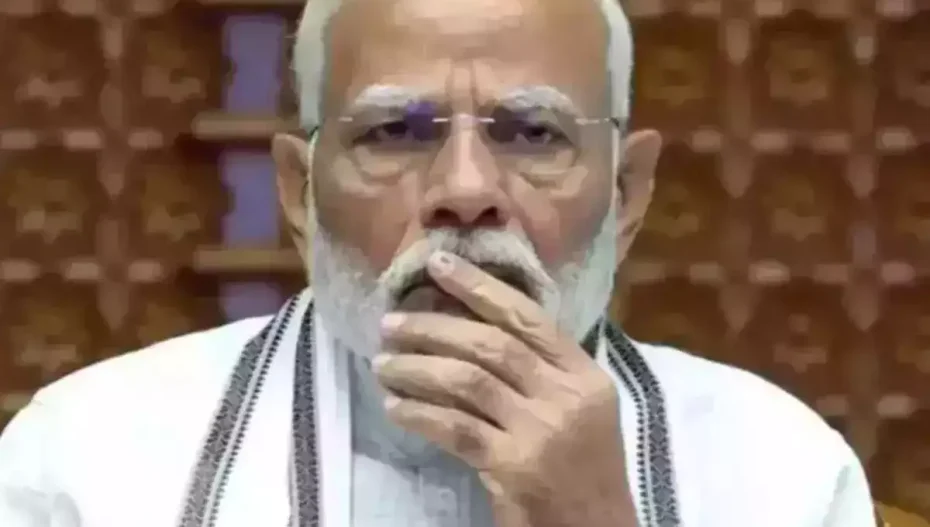A known go-getter and an able administrator capable of executing the idea into reality, Narendra Modi might have certainly charted out his next 100-day agenda even before the election results were out. Though the spirits might be dampened due to an electoral verdict that keeps the BJP at arm’s length from having a majority on its own, it is unlikely to deter Narendra Modi from pursuing his stated goals.
Fine-tuned according to the outcome of the 2014 general election result, the governance priorities in Narendra Modi’s historic third tenure as Prime Minister of India are likely to focus on economic policies, social policies, infrastructure development, and governance improvement.
- Taxation: Despite being unpopular for not providing any significant relief to the middle class, Nirmala Sitharaman is repeated as Finance Minister. The interest groups that are pushing for tax reforms might get third-time-lucky this year.
- GST reforms: The implementation of GST has been widely criticised, even among the core BJP voters. One of the major reforms in the new government could be the rationalisation of GST rates, which could encompass several contentious issues such as airlines, shipping, and the insurance sector.
- Ease of doing business: A working group with officials from the NITI Aayog and the Finance Ministry is working on the project to enhance the ease of doing business. The government might consider
decriminalisation of certain key legal provisions for the purpose. - MSME: The MSME sector has suffered a lot post-COVID, and though considerable recovery is registered, there are still some geographic and sectoral pockets that need specific attention. India is targeting a share of domestic manufacturing industries across sectors up to 25% of the GDP by 2025. The government also has the vision to have a manufacturing capacity of US$ 1 trillion by 2030.
- Exports: The government’s plans to focus on free trade agreements with major trading blocs, including the UK, the Middle East, and the European Union, are known. Manufacturing remains a top priority for the government under the ” Make in India” campaign.
- Inequality: The need to divert some of the capex plans to more welfare and subsidy spending is more evident than ever to ensure that India’s high growth trickles down more across the Indian population. Though India has attained the status of becoming the world’s fifth-largest economy, the growth has been lopsided, with rural centres lagging considerably behind the urban centres.
- Rural Economy: The government would focus on the Pradhan Mantri Awaas Yojana-Grameen (PMAY-G) for affordable houses in rural areas. The government aims to have 100% saturation under welfare schemes such as the PM Awas Yojana and Har Ghar Jal. The solar initiative of the government will also get a big push under the new regime.
- Agriculture: revitalising the agricultural sector will be a key priority for the government. The government gives significant importance to food security, poverty alleviation, and rural livelihoods.
- Infrastructure: The focus will be in the states like Bihar and Andhra Pradesh, with significant investments in roads, railways and housing. The investment will enhance connectivity and facilitate trade, which in turn will create employment.
- Semiconductors: PM Modi wants to make India, the world capital of the semiconductor industry. The Government seem likely to allocate significant resources to enhance India’s competitiveness in the global electronics industry
Also Read: Surat: Ex-Collector Accused In Rs. 2000 Cr Land Record Fraud, Suspended











